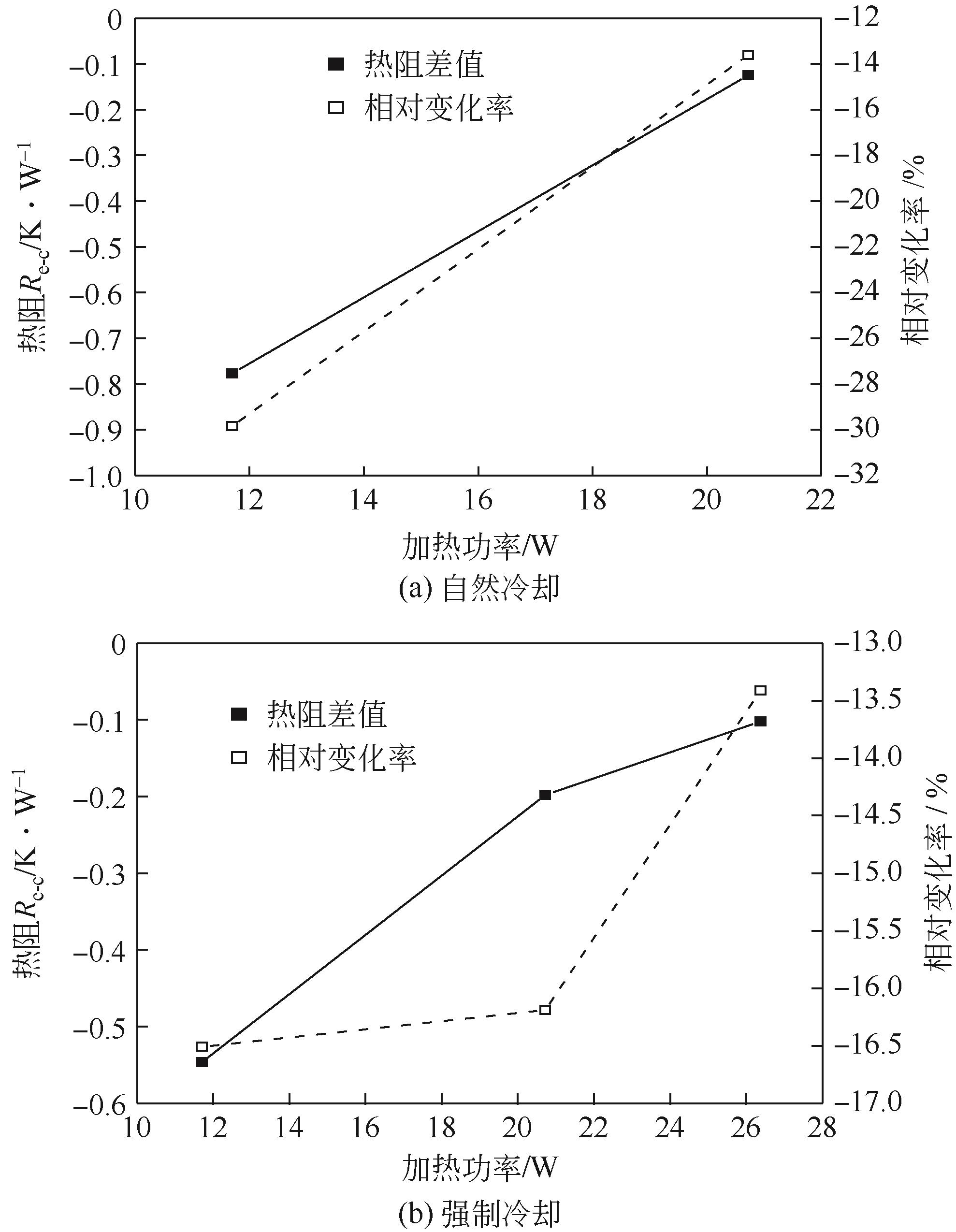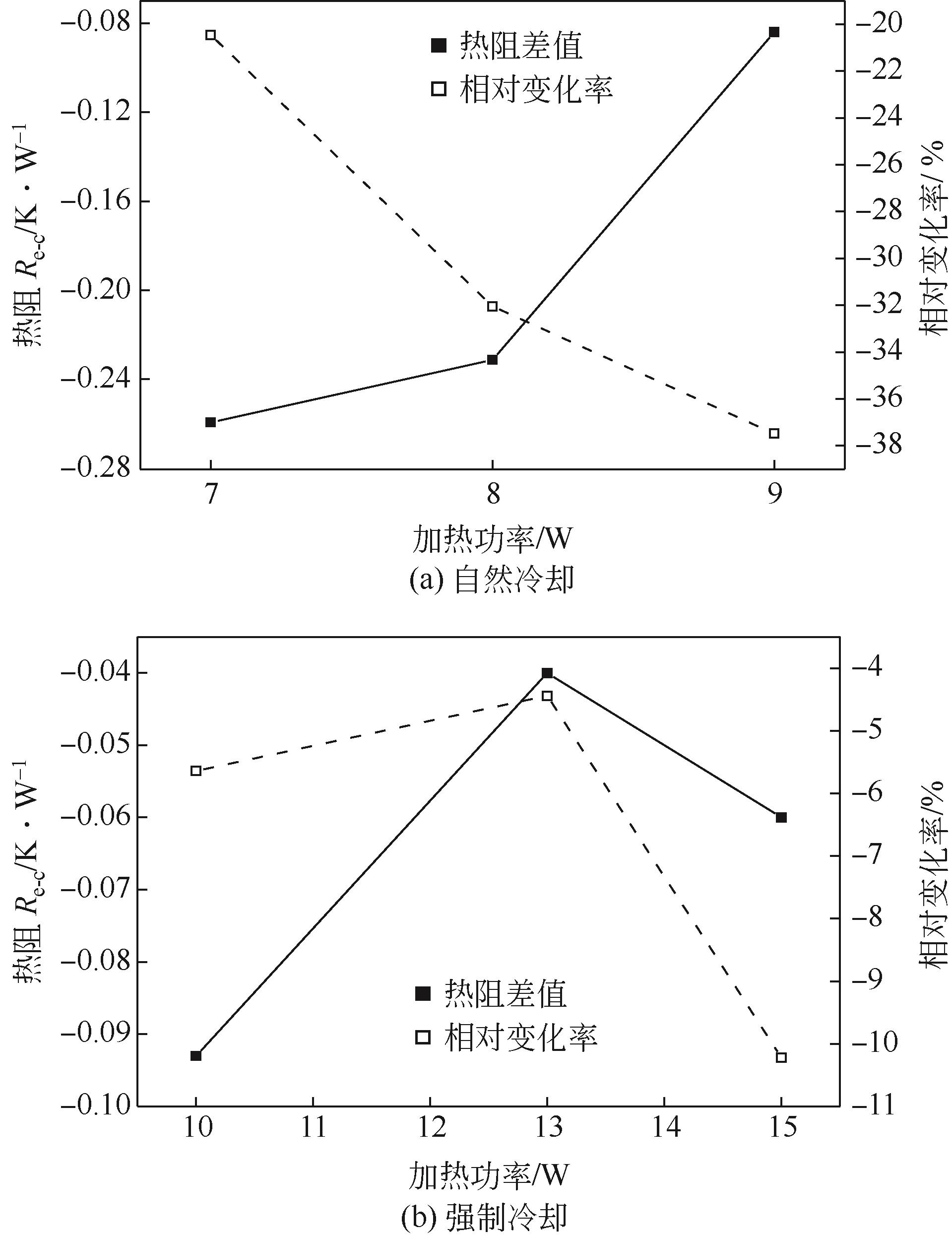| 1 |
RAO Zhonghao, WANG Qingchao, ZHAO Jiateng, et al. Experimental investigation on the thermal performance of a closed oscillating heat pipe in thermal management[J]. Heat and Mass Transfer, 2017, 53(10): 3059-3071.
|
| 2 |
ZHAO Jiateng, RAO Zhonghao, LIU Chenzhen, et al. Experimental investigation on thermal performance of phase change material coupled with closed-loop oscillating heat pipe (PCM/CLOHP) used in thermal management[J]. Applied Thermal Engineering, 2016, 93: 90-100.
|
| 3 |
QU Jian, WANG Cheng, LI Xiaojun, et al. Heat transfer performance of flexible oscillating heat pipes for electric/hybrid-electric vehicle battery thermal management[J]. Applied Thermal Engineering, 2018, 135: 1-9.
|
| 4 |
周智程, 魏爱博, 屈健, 等. 管板结构脉动热管冷却动力电池的传热特性[J]. 化工进展, 2020, 39(10): 3916-3925.
|
|
ZHOU Zhicheng, WEI Aibo, QU Jian, et al. Heat transfer characteristics of oscillating heat pipe and its application in power battery cooling[J]. Chemical Industry and Engineering Progress, 2020, 39(10): 3916-3925.
|
| 5 |
胡艳鑫, 黄凯鑫, 陈思旭, 等. 自湿润流体的流动与传热特性研究进展[J]. 化工进展, 2017, 36(12): 4329-4342.
|
|
HU Yanxin, HUANG Kaixin, CHEN Sixu, et al. Research progress of flow and heat transfer characteristics with self-rewetting fluid[J]. Chemical Industry and Engineering Progress, 2017, 36(12): 4329-4342.
|
| 9 |
徐金柱, 焦波, 孙潇, 等. 单环路液氢温区脉动热管高充液率工况计算流体动力学(CFD)模拟[J]. 化工进展, 2020, 39(7): 2556-2565.
|
|
XU Jinzhu, JIAO Bo, SUN Xiao, et al. CFD simulation on hydrogen pulsating heat pipe with single turn and a high filling ratio[J]. Chemical Industry and Engineering Progress, 2020, 39(7): 2556-2565.
|
| 10 |
崔文宇, 蒋振, 郝婷婷, 等. 液态金属微液滴脉动热管的传热性能[J]. 化工进展, 2022, 41(1): 95-103.
|
|
CUI Wenyu, JIANG Zhen, HAO Tingting, et al. Heat transfer performance of oscillating heat pipe with micro-nano droplets of liquid metal[J]. Chemical Industry and Engineering Progress, 2022, 41(1): 95-103.
|
| 11 |
张超, 徐荣吉, 陈静妍, 等. 非共沸不互溶混合工质脉动热管启动特性分析[J]. 化工进展, 2019, 38(12): 5279-5286.
|
|
ZHANG Chao, XU Rongji, CHEN Jingyan, et al. Analysis of start-up characteristics of pulsating heat pipe with zeotropic immiscible mixtures[J]. Chemical Industry and Engineering Progress, 2019, 38(12): 5279-5286.
|
| 12 |
王瑞祥, 闫梦霏, 徐荣吉, 等. 正火预处理对脉动热管启动时间的影响[J]. 化工进展, 2018, 37(6): 2116-2124.
|
|
WANG Ruixiang, YAN Mengfei, XU Rongji, et al. Influences of normalizing pretreatment on the start-up time of pulsating heat pipe[J]. Chemical Industry and Engineering Progress, 2018, 37(6): 2116-2124.
|
| 13 |
汪健生, 马赫. 蒸发/冷凝段长度比对脉动热管性能的影响[J]. 化工进展, 2015, 34(11): 3846-3851.
|
|
WANG Jiansheng, MA He. Influences of the ratio of evaporation section length to condensation section length on the performance of pulsating heat pipe[J]. Chemical Industry and Engineering Progress, 2015, 34(11): 3846-3851.
|
| 14 |
MAMELI M, ARANEO L, FILIPPESCHI S, et al. Thermal response of a closed loop pulsating heat pipe under a varying gravity force[J]. International Journal of Thermal Sciences, 2014, 80: 11-22.
|
| 15 |
PIETRASANTA L, POSTORINO G, PERNA R, et al. A pulsating heat pipe embedded radiator: Thermal-vacuum characterisation in the pre-cryogenic temperature range for space applications[J]. Thermal Science and Engineering Progress, 2020, 19: 100622.
|
| 16 |
DER O, ALQAHTANI A A, MARENGO M, et al. Characterization of polypropylene pulsating heat stripes: effects of orientation, heat transfer fluid, and loop geometry[J]. Applied Thermal Engineering, 2021, 184: 116304.
|
| 17 |
FONSECA L D, PFOTENHAUER J, MILLER F. Results of a three evaporator cryogenic helium pulsating heat pipe[J]. International Journal of Heat and Mass Transfer, 2018, 120: 1275-1286.
|
| 18 |
BETANCUR L, MANGINI D, MANTELLI M, et al. Experimental study of thermal performance in a closed loop pulsating heat pipe with alternating superhydrophobic channels[J]. Thermal Science and Engineering Progress, 2020, 17: 100360.
|
| 19 |
BETANCUR-ARBOLEDA L A, FLÓREZ MERA J P, MANTELLI M. Experimental study of channel roughness effect in diffusion bonded pulsating heat pipes[J]. Applied Thermal Engineering, 2020, 166: 114734.
|
| 20 |
BARUA H, ALI M, NURUZZAMAN M, et al. Effect of filling ratio on heat transfer characteristics and performance of a closed loop pulsating heat pipe[J]. Procedia Engineering, 2013, 56: 88-95.
|
| 21 |
ZHAO Jiateng, QU Jie, RAO Zhonghao. Experiment investigation on thermal performance of a large-scale oscillating heat pipe with self-rewetting fluid used for thermal energy storage[J]. International Journal of Heat and Mass Transfer, 2017, 108: 760-769.
|
| 22 |
QU Jian, GUAN Fengbo, Yaojie LYU, et al. Experimental study on the heat transport capability of micro-grooved oscillating heat pipe[J]. Case Studies in Thermal Engineering, 2021, 26: 101210.
|
| 23 |
周冰, 杨洪海, 唐品, 等. 闭式回路脉动热管在自然冷却下启动特性研究[J]. 建筑热能通风空调, 2013, 32(5): 6-8.
|
|
ZHOU Bing, YANG Honghai, TANG Pin, et al. Study on the start-up characteristics of closed loop pulsating heat pipes under natural cooling[J]. Building Energy & Environment, 2013, 32(5): 6-8.
|
| 24 |
刘向东, 陈永平, 张程宾, 等. 闭式脉动热管启动性能的实验研究[J]. 宇航学报, 2011, 32(10): 2300-2304.
|
|
LIU Xiangdong, CHEN Yongping, ZHANG Chengbin, et al. Experimental study on start-up performance of closed loop pulsating heat pipe[J]. Journal of Astronautics, 2011, 32(10): 2300-2304.
|
| 25 |
XU J L, ZHANG X M. Start-up and steady thermal oscillation of a pulsating heat pipe[J]. Heat and Mass Transfer, 2005, 41(8): 685-694.
|
| 26 |
崔晓钰, 李治华, 孙慎德, 等. 振荡热管的热阻变化规律及烧干特性[J]. 化工学报, 2013, 64(6): 2022-2028.
|
|
CUI Xiaoyu, LI Zhihua, SUN Shende, et al. Thermal resistance variation and dryout phenomenon of pulsating heat pipe[J]. CIESC Journal, 2013, 64(6): 2022-2028.
|
| 27 |
SINGH S K, SHARMA D. Review of pool and flow boiling heat transfer enhancement through surface modification[J]. International Journal of Heat and Mass Transfer, 2021, 181: 122020.
|
| 28 |
LIANG G T, MUDAWAR I. Review of pool boiling enhancement by surface modification[J].International Journal of Heat and Mass Transfer, 2019,128: 892-933.
|
 ), 朱晔2, 李乾坤1, 徐士轩1, 张昕阳1, 汪城1(
), 朱晔2, 李乾坤1, 徐士轩1, 张昕阳1, 汪城1( ), 屈健3
), 屈健3
 ), ZHU Ye2, LI Qiankun1, XU Shixuan1, ZHANG Xinyang1, WANG Cheng1(
), ZHU Ye2, LI Qiankun1, XU Shixuan1, ZHANG Xinyang1, WANG Cheng1( ), QU Jian3
), QU Jian3







